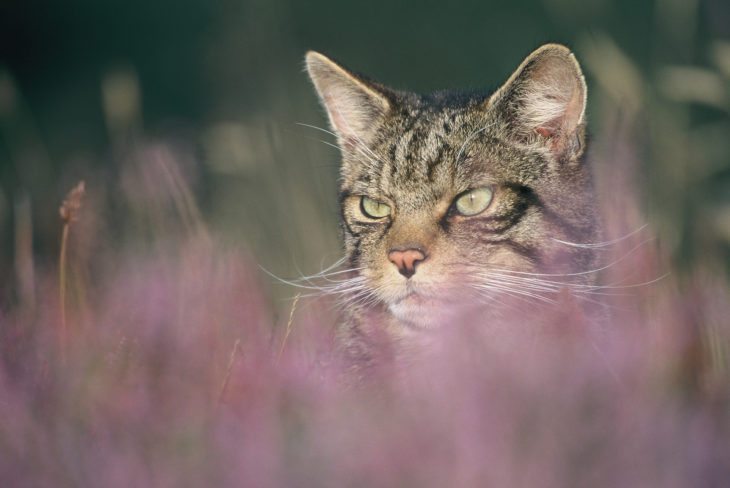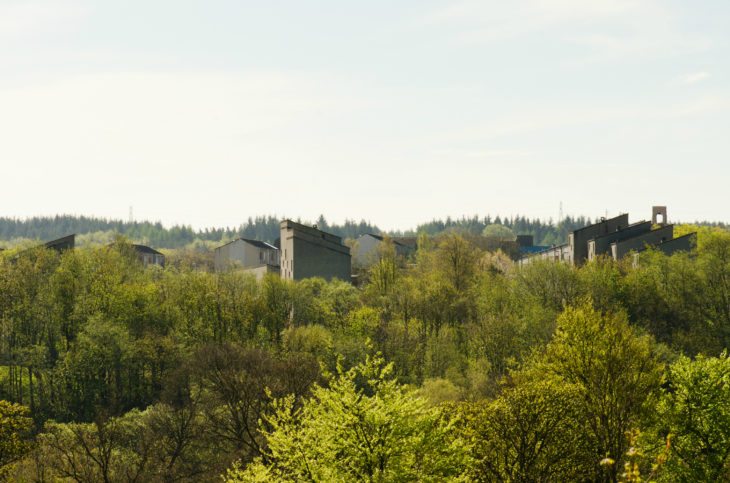Why legally binding targets are needed to support nature’s recovery
On Friday Scottish Environment LINK is hosting Big Nature Day, encouraging people across Scotland to get close to nature and take the time to appreciate its diversity, as well as the joy it brings us.

As we celebrate Scotland’s nature it’s important to remember that it is struggling. We need greater ambition to protect and restore the wonderful wildlife around us. At the Scottish Wildlife Trust, we firmly believe legally-binding targets are needed to pave the way to nature recovery.
As we celebrate Scotland’s nature it’s important to remember that it is struggling.
The decline of species and habitats in Scotland is well documented. The 2019 State of Nature report shows that from 1994 to 2016 49% of species have decreased in abundance, and we rank 28th from bottom out of 240 countries in the Biodiversity Intactness Index. Threats including climate change, intensive land use and unsustainable built development is squeezing wildlife into ever smaller spaces.
A decrease in biodiversity also affects people. This was well summarised within the recent Dasgupta review; “our economies, livelihoods and well-being all depend on our most precious asset: Nature.”
A natural environment with healthy habitats and thriving species helps us reduce the impacts of climate change while also adapting to the changes.
For example, healthy peatlands can lock up vast amounts of carbon from the atmosphere, reducing the rate of climate change while also supporting a huge range of biodiversity. Peatland habitats can also reduce the risk of flooding, provide clean water and reduce the impact of droughts. Conversely, declining and degraded nature makes us much more vulnerable to the warming, increasingly chaotic climate.

To ensure the nature and climate crisis are tackled holistically we need to set binding targets to halt the loss of biodiversity by 2030, and reverse the decline of species and habitats by 2045. We have already failed to meet previous nature recovery commitments (in 2010 and 2020), and without binding targets we could fail again. Legislation to support nature’s recovery has to include SMART (specific, measurable, attainable, relevant, and time-bound) targets, that can be reviewed and reported on, with action to achieve them integrated across all areas of government. Nature-based solutions should be a key aspect of these targets, as well as an essential tool in achieving them. as well as an essential tool in achieving them.
With COP26 now less than 100 days away the Scottish Government needs to demonstrate a commitment to nature recovery within our battle against climate change.
With COP26 now less than 100 days away the Scottish Government needs to demonstrate a commitment to nature recovery within our battle against climate change. Legally binding targets for nature’s recovery will help galvanise action to develop nature-based solution projects, increasing the country’s resilience to rising temperatures, and contributing to Scotland’s part in the global effort for net-zero emissions and capping warming at 1.5 degrees, while also ensuring biodiversity can recover and species can thrive along with people.
Rebekah Strong, Nature Based Solutions Policy Adviser
Help protect Scotland’s wildlife
Our work to save Scotland’s wildlife is made possible thanks to the generosity of our members and supporters.
Join today from just £3 a month to help protect the species you love.
Preface
On Friday Scottish Environment LINK is hosting Big Nature Day, encouraging people across Scotland to get close to nature and take the time to appreciate its diversity, as well as …
